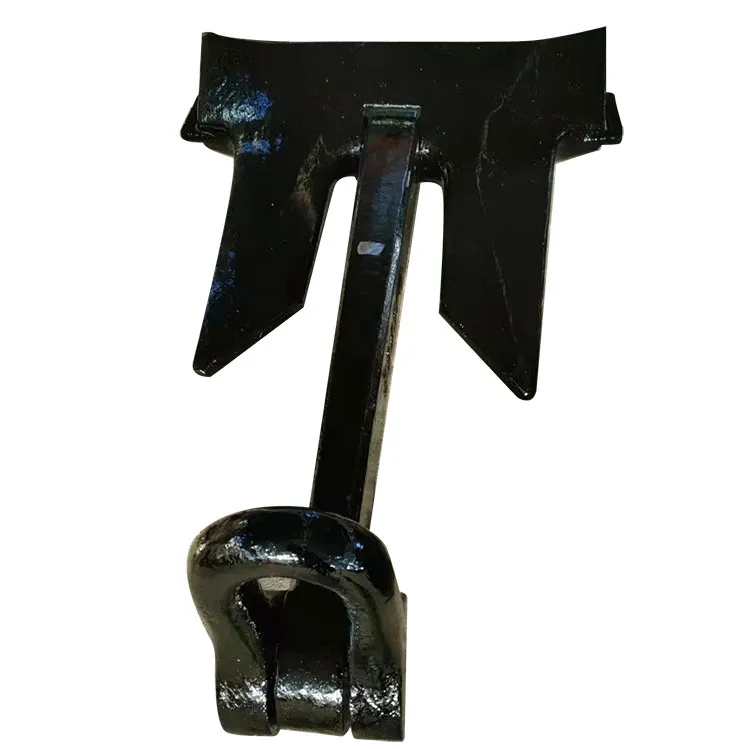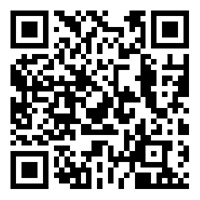What are the inspection points for marine anchors?
2024-08-27
(1) Key points for inspection of finished product appearance and materials
The casting process of marine anchors should be carried out according to the approved manufacturing process. After the finished parts are shot blasted and polished, they should be inspected for appearance and size, weighed, etc. For stem anchors, the mass of the anchor shall not be less than one-quarter of the mass of the anchor excluding the anchor. The assembly of the anchor should be carried out in accordance with approved workmanship, and the gap between the shackle and the anchor rod should comply with the standards of the classification society. Depending on the diameter of the shackle pin, the tolerances between the shackle pin and the hole should meet the requirements of the classification society. The lateral movement of the anchor should not exceed 3 degrees. Anchors are made of cast steel, forged steel, rolled steel, etc., and sampling testing is required for each batch and each batch.
(2) Key points of drop test and hammer test
After lifting each anchor head, anchor rod and shackle to a height of 4 meters, let it fall freely to a solid steel plate. For anchors with anchor rods and anchor arms cast as one piece, the anchor needs to be lifted to a height of 4 meters first. At the same time, after the anchor rod and anchor arm are in a horizontal position, they are free to fall to the steel plate, and then the anchor is lifted to the specified height again. At the same time, the anchor crown is dropped downwards onto the two steel blocks on the steel plate, impacting the center of the anchor rod without the anchor head touching the steel plate. At this time, there should be no cracks, deformation or other defects. After completing the drop test, use a rope to lift each anchor component off the ground and hit it with a hammer weighing more than 3 kilograms to check the integrity of the casting to see if the sound is crisp.
(3) Key points of tensile test
Before testing, it is necessary to confirm that there are no defects in the anchor and that the tensile testing machine has been effectively calibrated. Connect one end of the anchor's shackle to the tension mechanism of the tensile testing machine, and make one-third of the anchor claw from the tip contact the test bench as the starting point. After that, place a mark on the anchor rod at the shackle. Use one point as the starting point and a certain point on the tip of the marine anchor as the end point, and measure the distance.
During the tensile test, a tensile force of 1/10 of the specified test load should be applied first, and then the length of the starting and end points should be measured after holding for 5 minutes, and then slowly loaded to the test load determined according to the anchor mass, and then gradually unloaded after holding for 5 minutes to reach 1/1 of the test load again. /10, measure the length for the second time. Anchors with stems should have no obvious residual deformation, and anchors without stems should have no residual deformation exceeding 1% of the gauge length.
After the tensile test, the test anchor is subjected to visual inspection and non-destructive testing. Generally, magnetic particle testing MT is used to detect its surface. Anchor components are not allowed to have defects such as cracks, pits, inclusions, etc. that reduce their performance.




